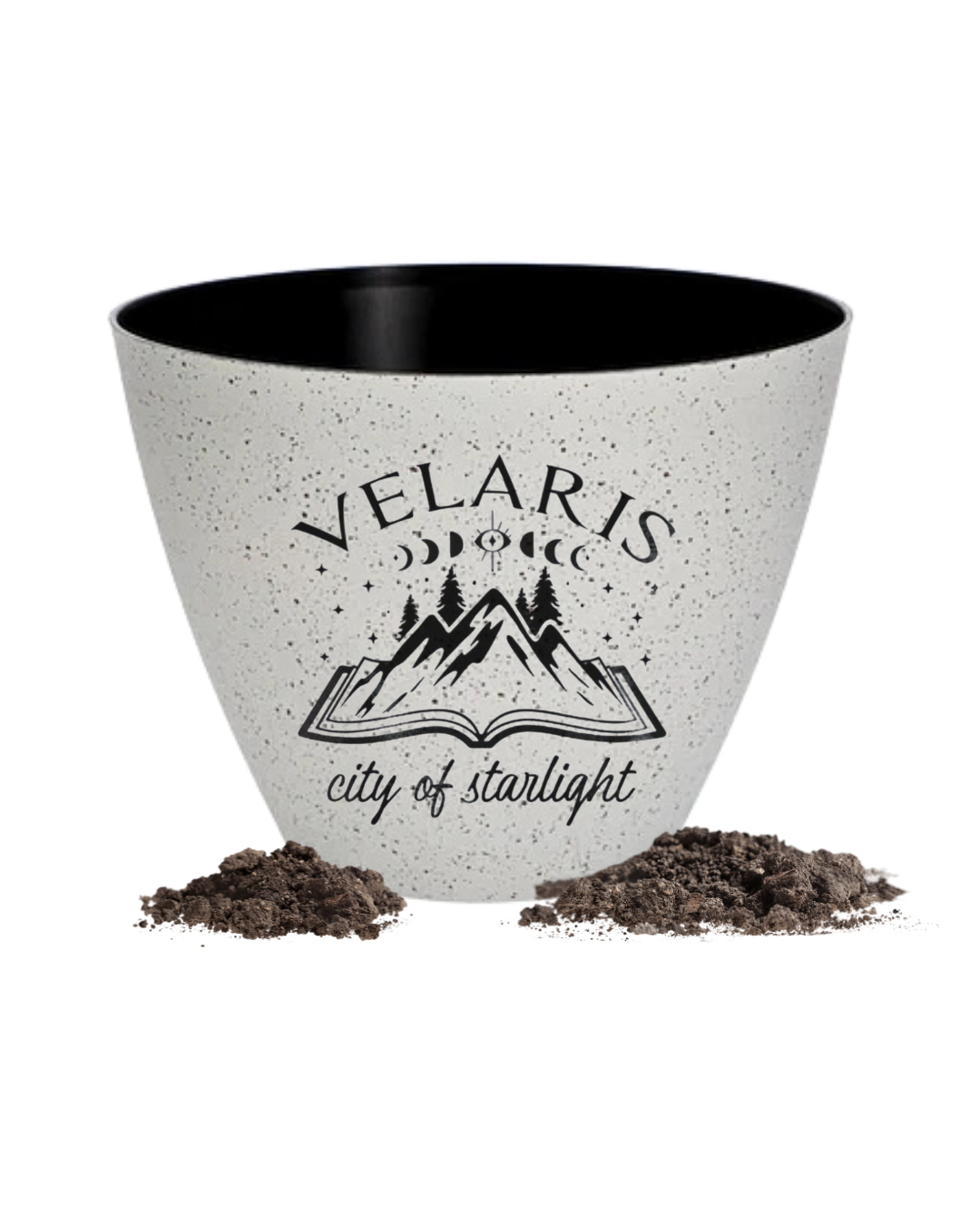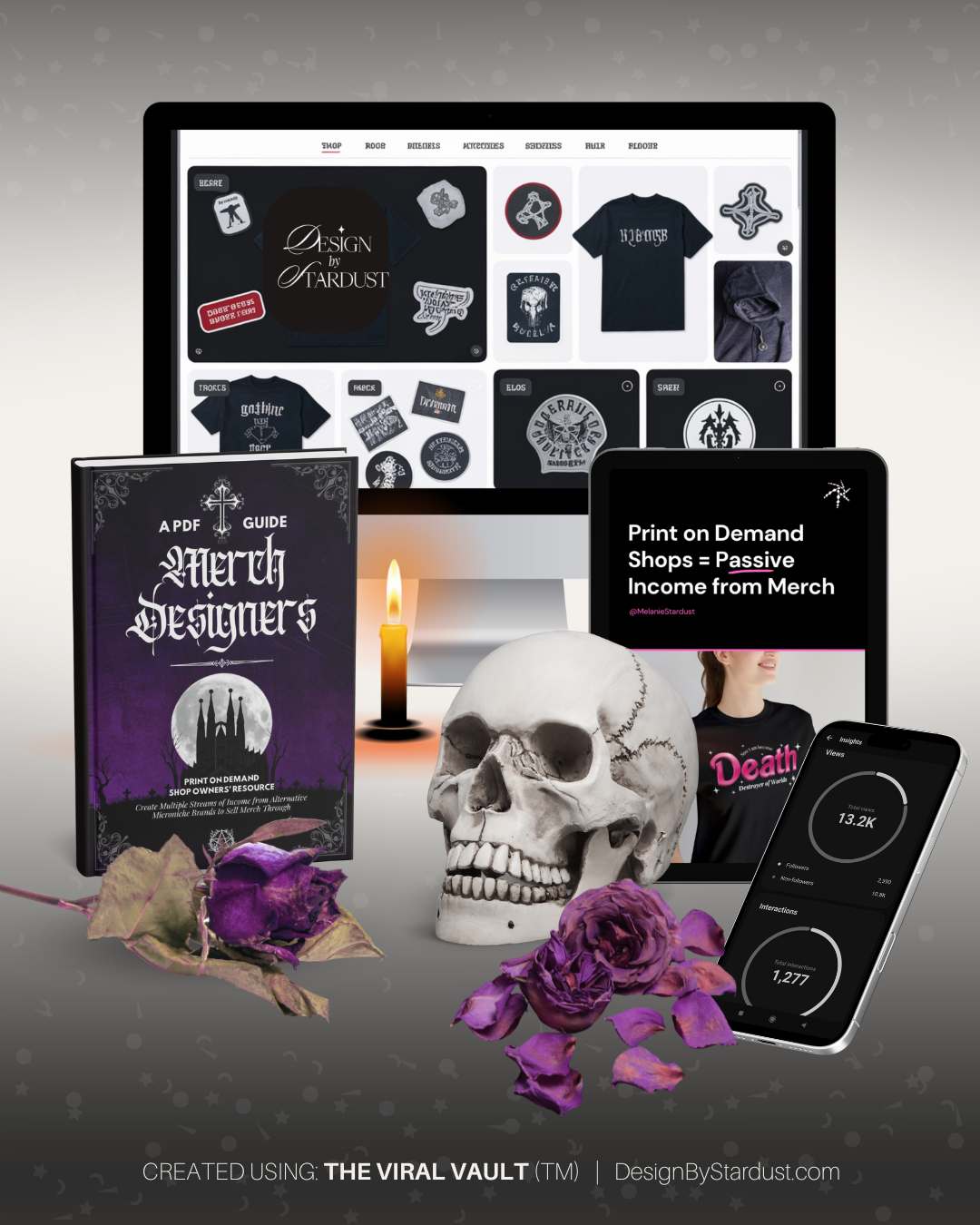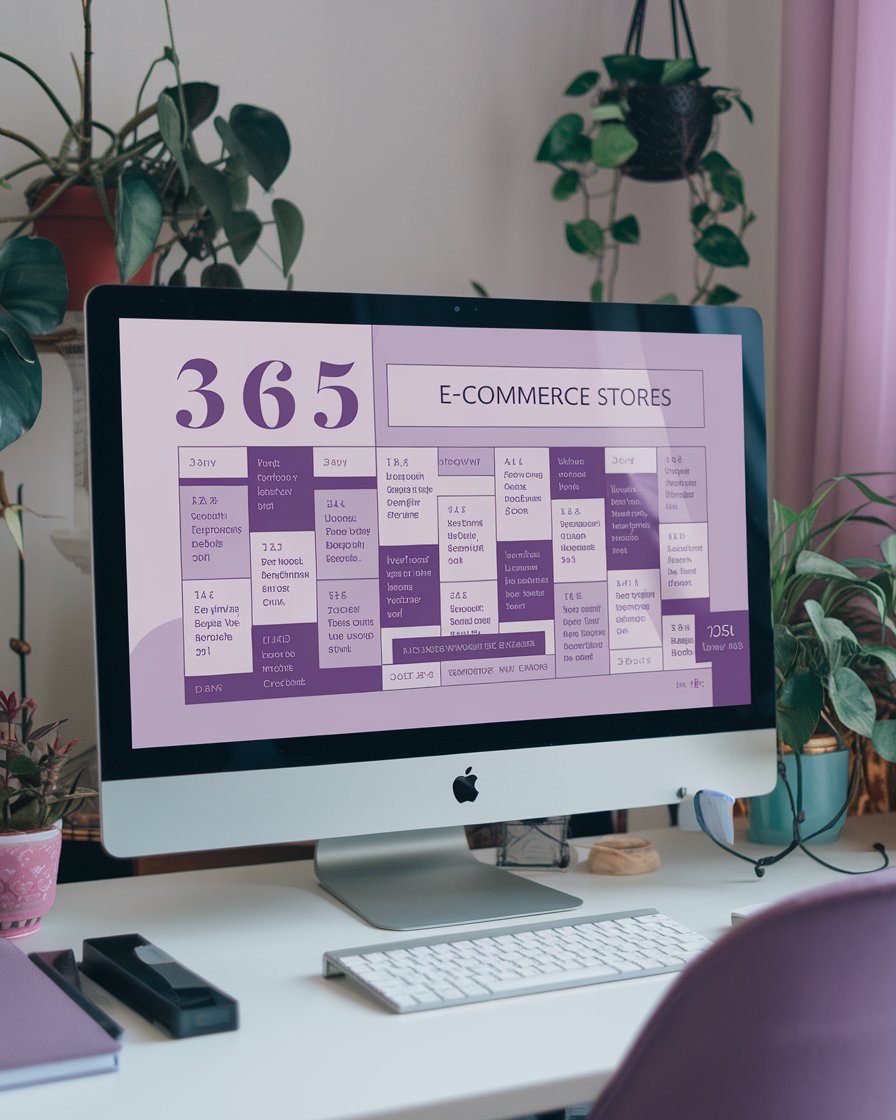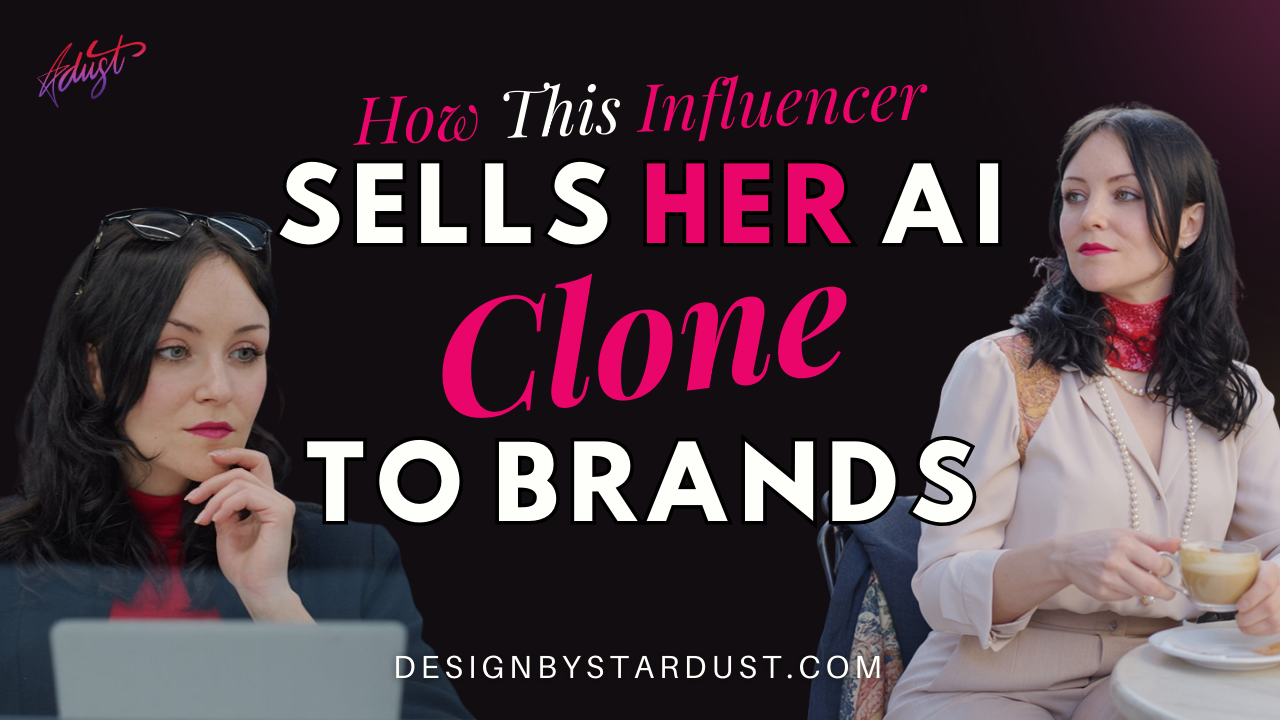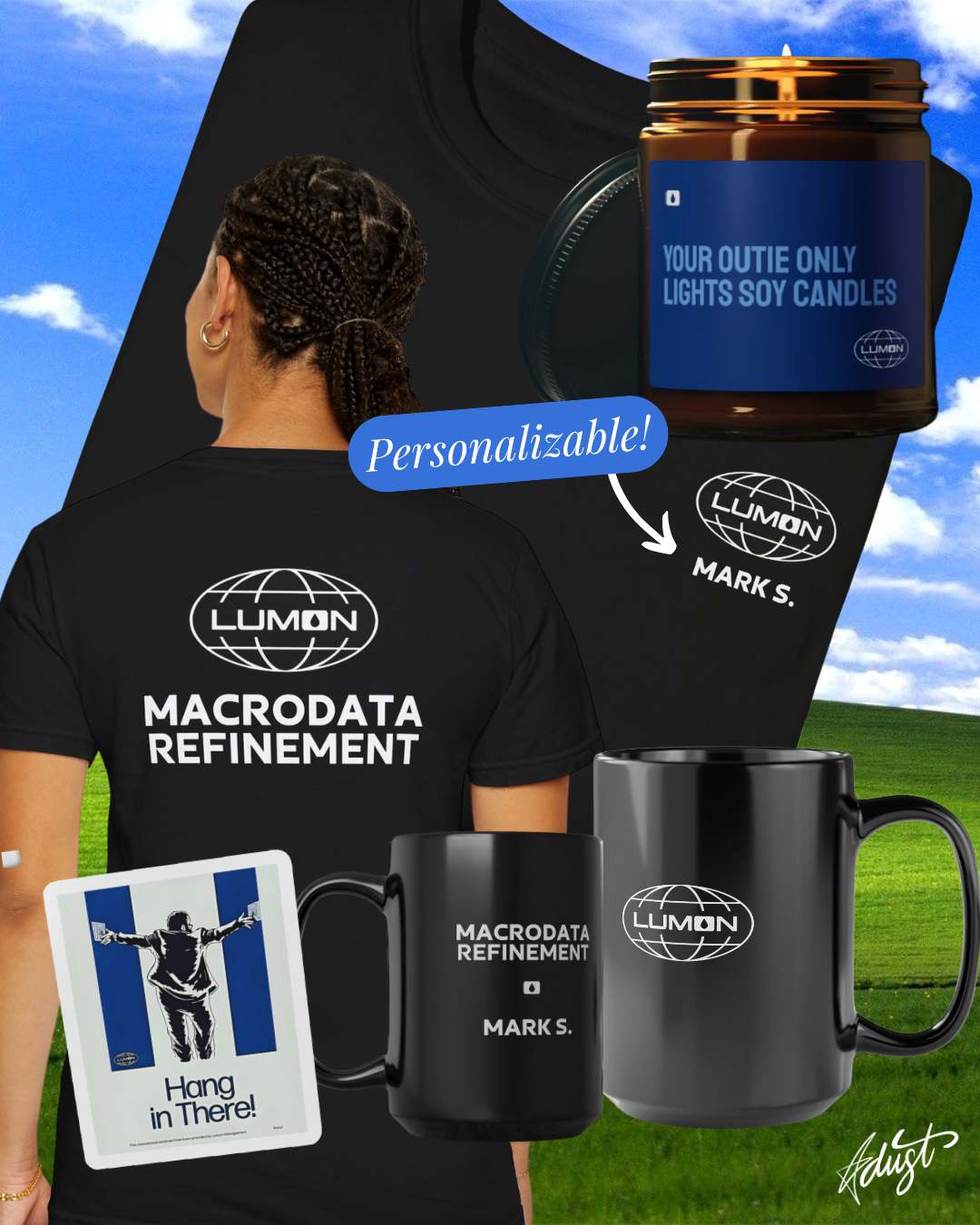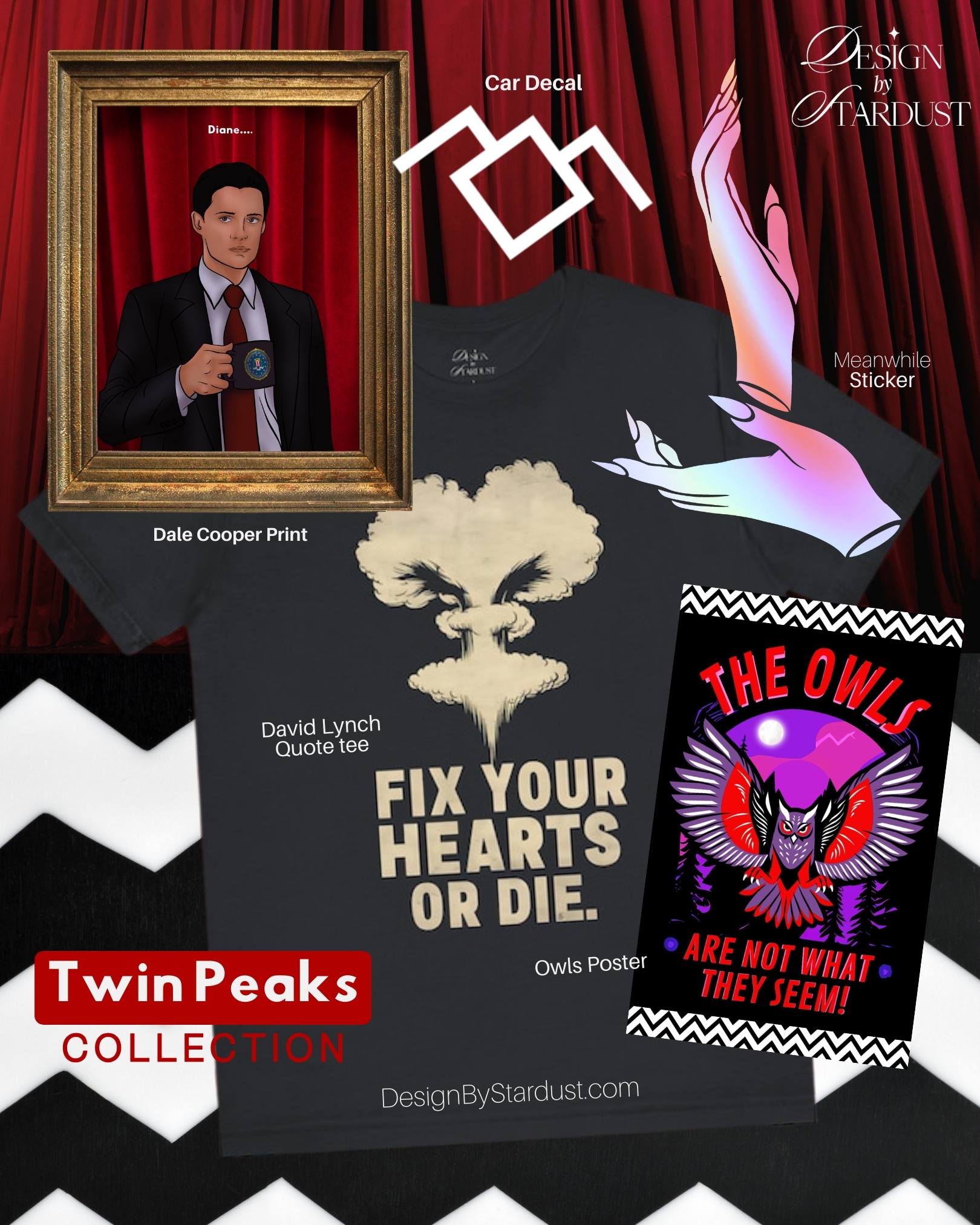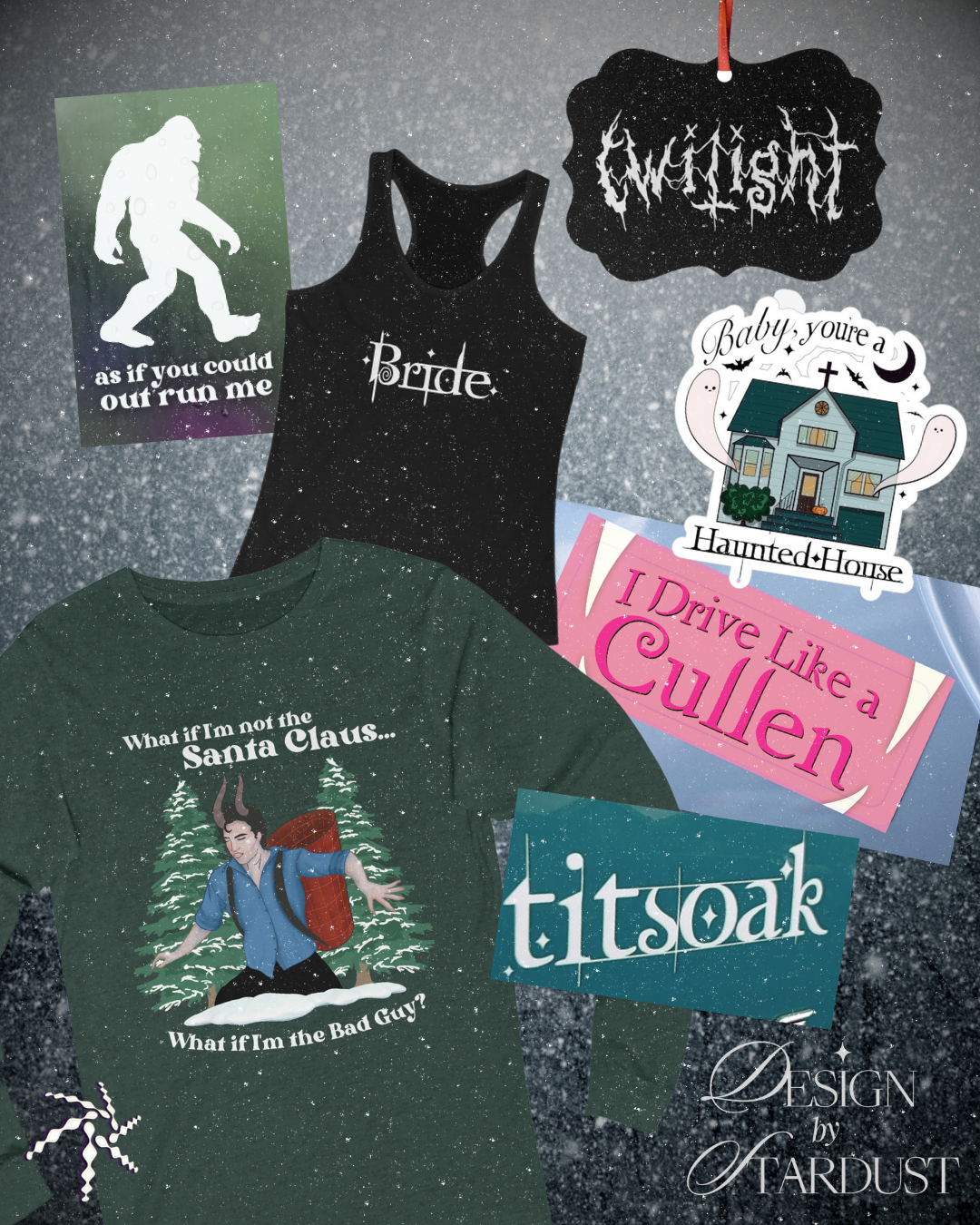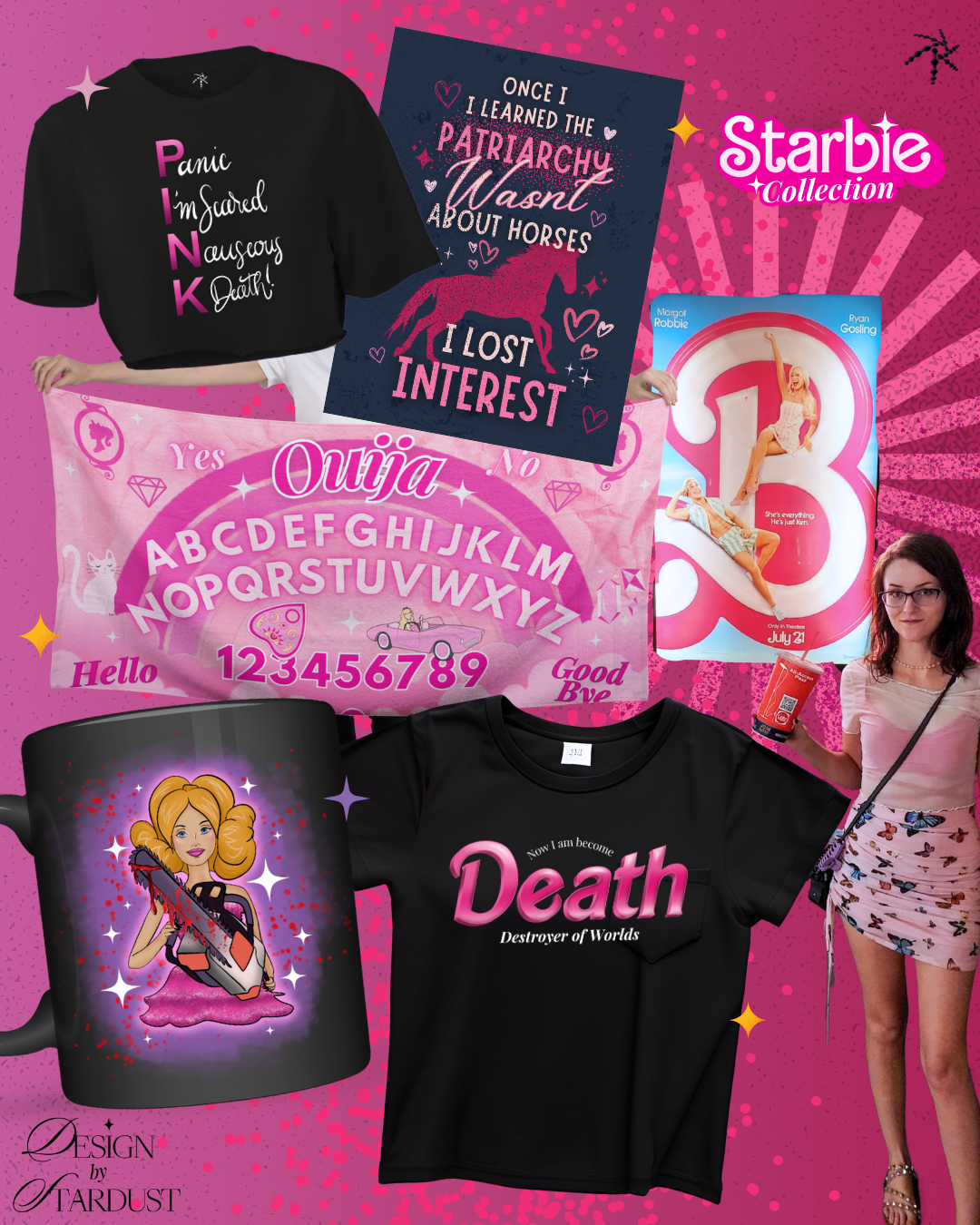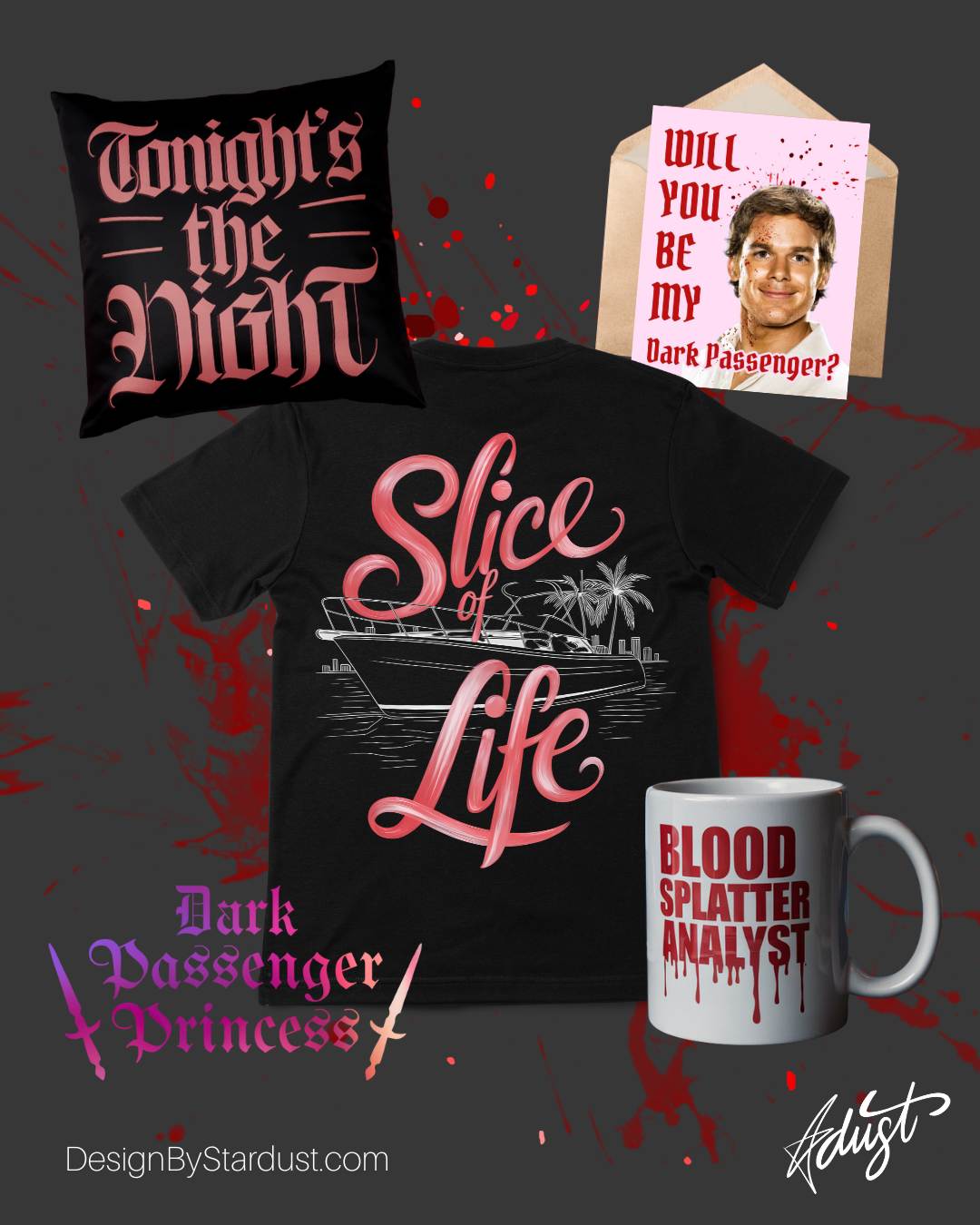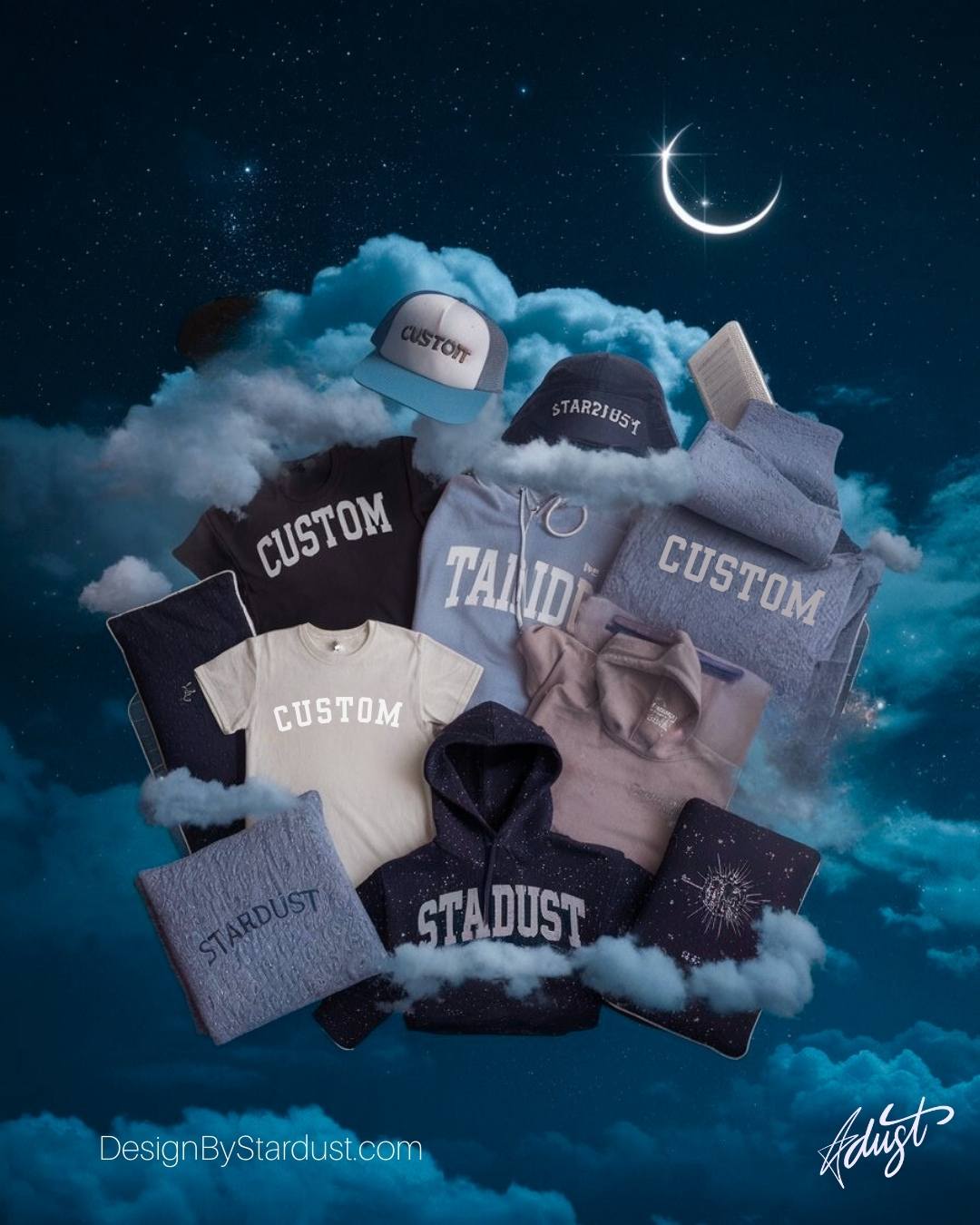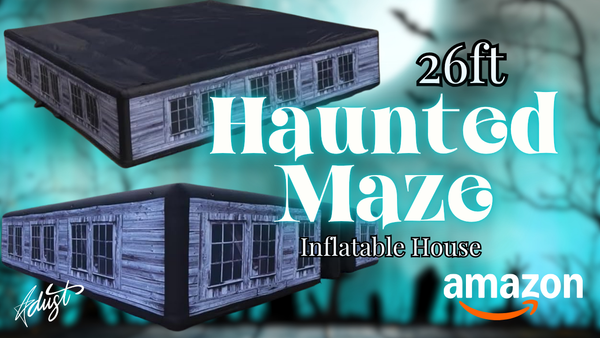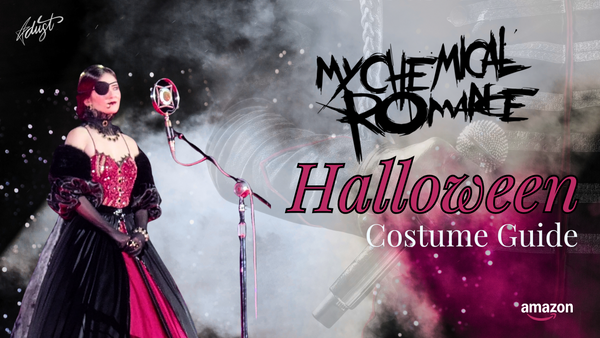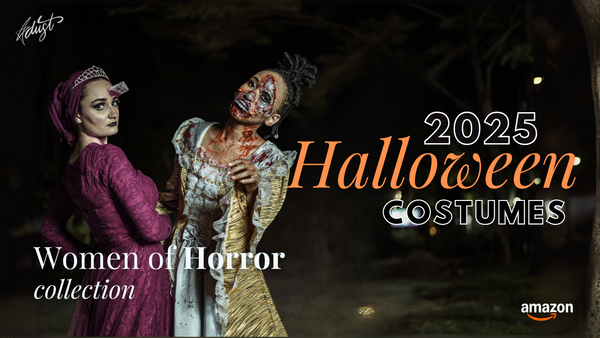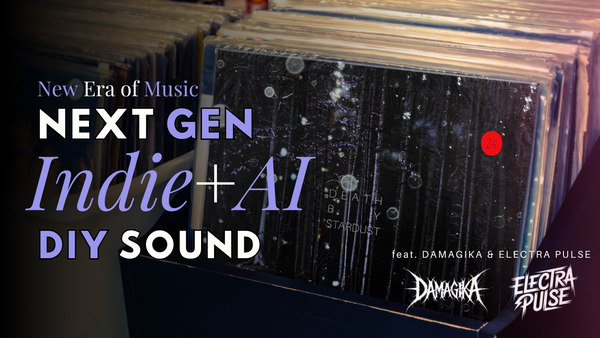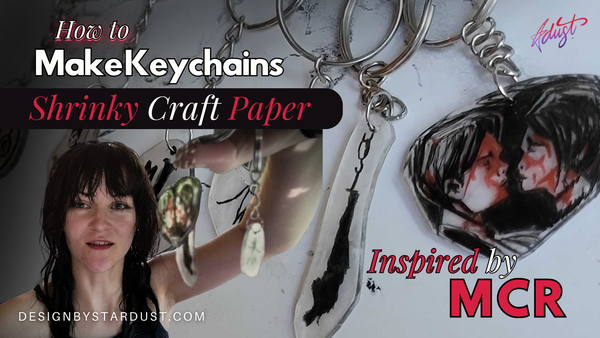In an age where synthetic influencers and AI-generated avatars are quietly replacing traditional models and spokespeople, one creative entrepreneur is leaning into the uncanny valley.... and cashing in.
Melanie Harrington, the founder of Design By Stardust, has built a business where she licenses her own likeness: face, voice, and vibe included, to brands looking to create AI-generated ad content. Yep, that means she’s starring in video ads she never filmed, speaking lines she never said, & smiling in scenes she was never physically part of.
I sat down with Melanie (virtually, of course) to talk about this bold move, the ethics of AI in marketing, and why she believes licensing your digital self might be the next frontier for creative entrepreneurs.
So let’s start with the obvious question: You licensed your face to AI?
Melanie:
Yep, I did. I license approved photo and video content: poses, expressions, and little bits of personality, and allow brands to use them in AI-generated marketing. That means they can generate video ads, graphics, or visuals featuring me, even though I will never physically showed up for the shoot! As a lazy person, this is an absolute dream job.
At first, it sounds wild or even dystopian. But for me, it’s strategic. It's a way to scale without burning out. And honestly, it’s kind of fun seeing my “AI twin” out there in the wild.
How did this idea even come about?
Melanie:
It started with my own work using AI to scale my graphic design business. I run a studio called Design By Stardust, where I blend traditional design with AI-powered tools to help brands with content creation, identity, and marketing strategy.
I also learned a lot from other creators because as soon as AI came out, it completely took over my industry and changed how a lot of us operate on a daily basis.
One of my favorite resources was Katya's AI Content System - which helps guide you through generating custom curated content for your brand's specific visual identity. She teaches how to use these new tools in her video walk through series and has tons of awesome examples across socials. Get it now for half off!!
As AI video tools started improving, I realized that brands would inevitably start using artificial people to do the jobs real people used to do. And I used to love doing UGC (user-generate content). So I asked myself, Why not offer my AI self as a real, licensed face instead? One they can actually use ethically? That’s where the idea clicked.
What’s the response been like, from clients and the internet at large?
Melanie:
Surprisingly curious and really positive!! Some people are fascinated. Others are like, “Isn’t this terrifying??” (Which, fair. It's totally giving The Congress from 2013.) But for brands, it’s practical. They get high-quality, engaging visuals without the hassle of production costs or scheduling talent.
For me, it’s passive income, and a weirdly empowering way to maintain creative control in a world where your identity can be cloned without consent. And now I can sue em if my likeness is used to generate AI ads! Even more passive income bonuses.

Let’s talk ethics. With deepfakes and synthetic media becoming more common, where do you draw the line?
Melanie:
That’s the core of it: consent and control. There’s a huge difference between someone generating a deepfake of you without permission and you choosing to license your likeness intentionally.
I work closely with the brands to make sure they’re aligned with my values, and I only approve specific types of content. There’s a licensing model, a digital paper trail, and I retain the rights to pull out if anything goes sideways. It’s all about setting boundaries in a very boundary-less space.
Where do you see this going in the next few years?
Melanie:
I think we’ll see creators, especially women, artists, and marginalized folks, start licensing their likenesses like digital stock models. We’ll also see AI influencers evolve into collaborative avatars; part real person, part digital creation.
Imagine a brand licensing a version of a creator to deliver personalized video ads, onboarding messages, or customer support. It’s not that far off. But I also think we need better frameworks for consent, licensing, and platform transparency. The tools are moving faster than the ethics.
What’s the weirdest part of seeing yourself in AI ads you didn’t create?
Melanie:
The uncanniness. Like... I’ll watch a video of “me” speaking in perfect lighting, with AI-synthesized motion and voice, and feel both impressed and supremely unsettled.
Sometimes I look better than I do in real life. Sometimes I look off, like I’m half-asleep in the uncanny valley. But either way, it’s surreal... and also strangely satisfying. My digital twin is out here working overtime while I drink matcha in my bed.
It's almost like she's my innie! (Severance fans enjoy this pop culture reference).
What would you say to other creators who are curious but cautious about doing the same?
Melanie:
Start slow, and start intentionally. Know what you’re licensing. Protect your brand. And don’t be afraid to experiment! We’re living through a creative renaissance where the rules haven’t been written yet.
This isn’t about selling out. It’s about showing up, digitally, strategically, and getting paid for your presence in ways you never imagined.

Final question: What’s it like to be a “digital muse”?
Melanie:
Whimsical, empowering, a little spooky… and totally on-brand for me.
I built Design By Stardust to be a constellation of weird, wonderful ideas, and this just felt like the next star in the galaxy.
Plus, who doesn’t want to haunt the algorithm just a little?
Interested in licensing Melanie’s likeness or working with her studio? Visit Design By Stardust for more information.
